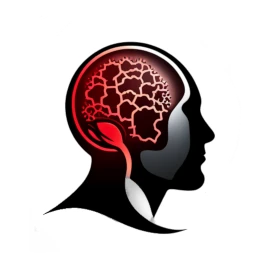Bard – Revolution in Text Generation
Have you ever wondered what it’s like to write like William Shakespeare, J.K. Rowling, or George R.R. Martin? Google Bard, the latest text generation technology from the search engine giant, aims to blur the boundaries between human and machine, making it easier for anyone to create high-level artistic text.
What is Google Bard?
Google Bard is an advanced AI-based language model trained on vast amounts of text data. It utilizes machine learning algorithms to generate texts that are not only grammatically correct but also stylistically refined and creative. Bard can create poetry, prose, dialogues, and many other forms of text in various writing styles.
How does Google Bard work?
Similar to other language models like GPT-4, Google Bard uses a technique called transformer-based learning, which allows it to grasp the context and structure of text. The model analyzes previously seen data to learn how to generate new, coherent, and stylized content. Bard can learn the style of a particular writer by analyzing large amounts of their works and then mimic that style in the texts it generates.
Applications of Google Bard
The potential of Google Bard goes beyond mere text generation fun. This technology has a range of practical applications that can revolutionize various fields.
Literary Creativity: Google Bard can serve as an assisting tool for writers, helping them overcome creative blocks or providing ideas for new plot directions.
Education: Bard can help students understand and emulate the writing styles of different authors, which is a valuable tool in writing and literature education.
Marketing and Advertising: Companies can use Google Bard to generate creative advertising content that can help differentiate their brand.
Customer Service Automation: Google Bard can create intelligent responses to customer queries, speeding up and facilitating customer service.
While Google Bard is still an AI-based tool that cannot replace human creativity and intuition, its ability to generate high-quality, stylized text is undeniable. This technology opens doors to intriguing possibilities, aiding creators in various fields, from literature and education to marketing and customer service.
However, like any new tool, Google Bard also comes with certain challenges. There is a concern that machine-generated text at such a high level will impact the value of human writing. Will literary works created by AI be appreciated in the same way as those created by humans? Will AI influence the future of writing and other creative domains?
Despite these uncertainties, Google Bard represents a step forward in the field of AI and text generation. Time will tell how this technology will impact our creativity, culture, and society. One thing is certain: thanks to Bard, the future of writing seems much more intriguing.
